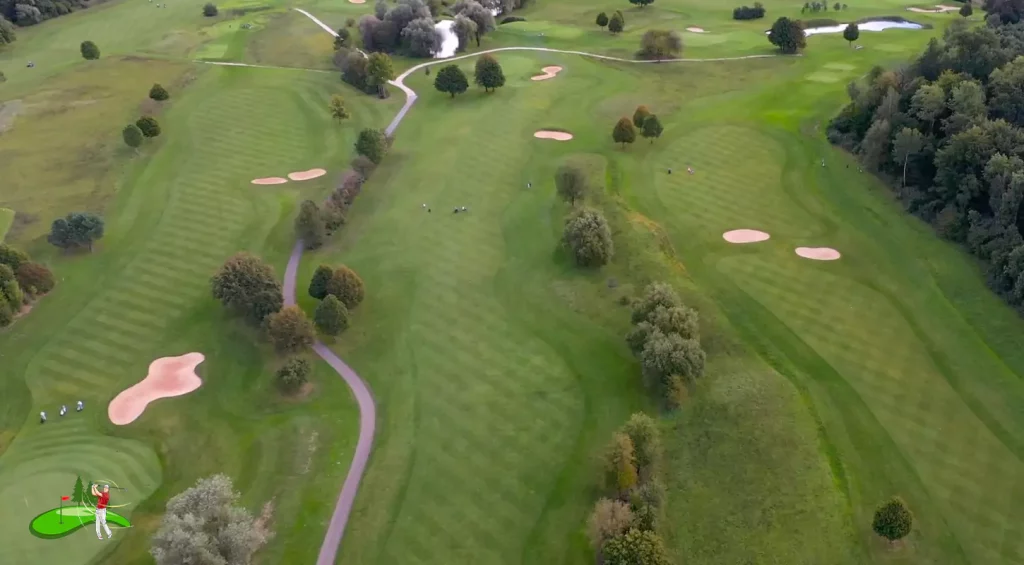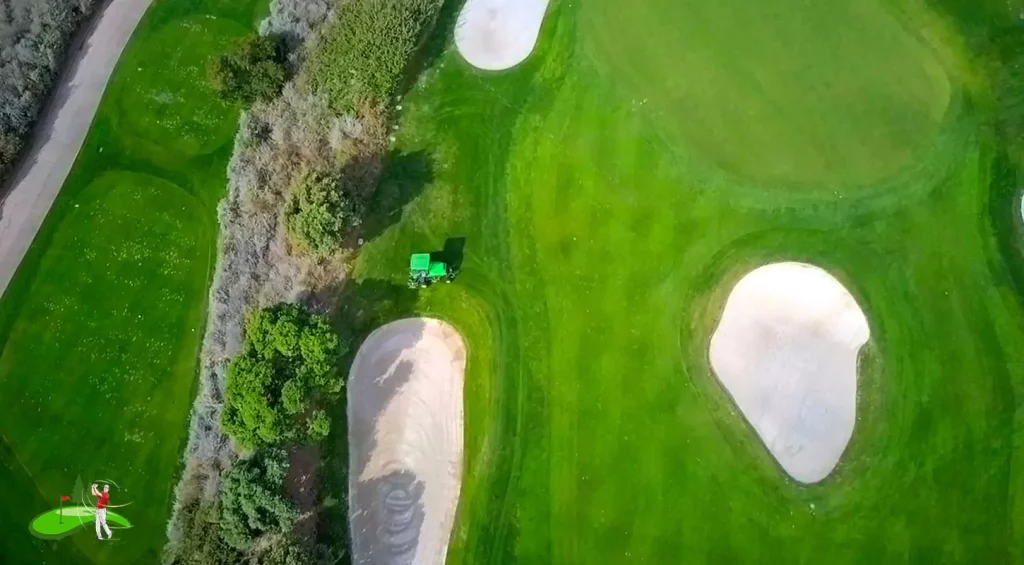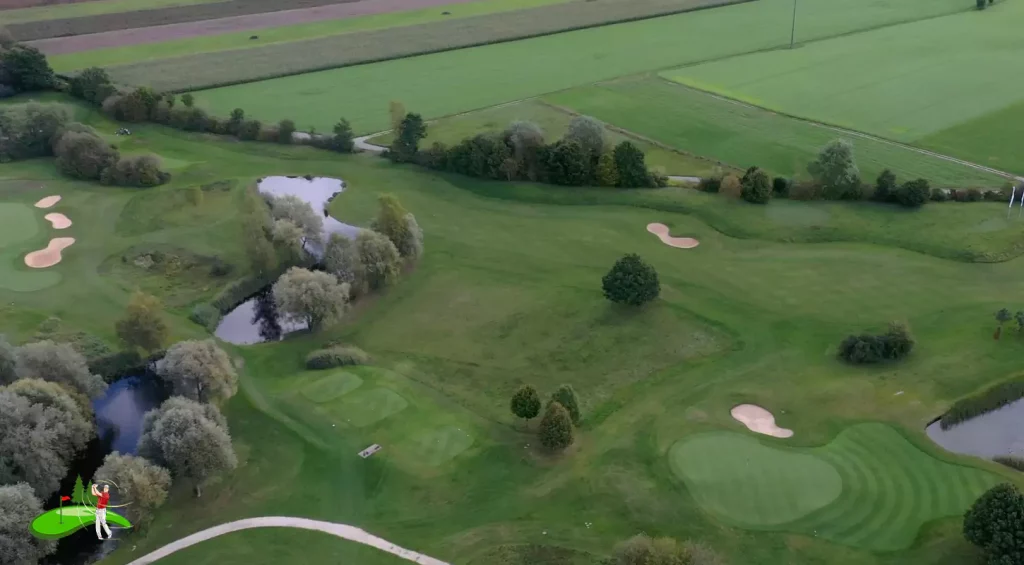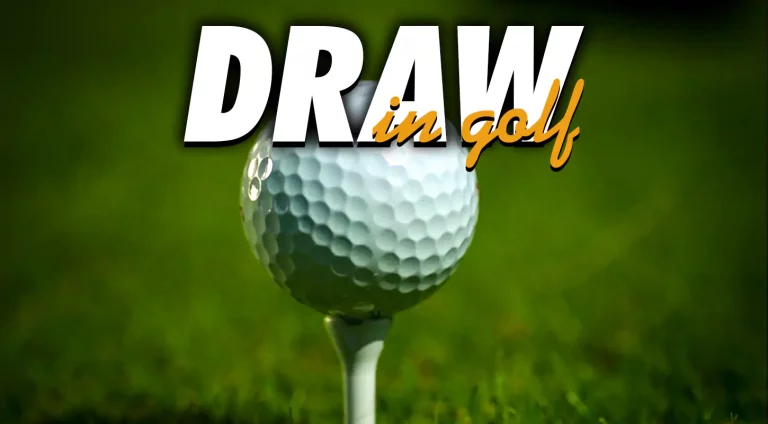Fairway in Golf
This may seem like a pretty obvious thing, but as a golfer how can you define a fairway in golf? Fairway is the most distinguished area of a golf course but how can you differentiate it from the green?
In this article, you will be able to enhance your knowledge about the most important element of golf! So, let’s begin.
Origin of “Fairway” in golf
This may come as a surprise, but the word “fairway” is not clear in the book of golf rules. In fact, the term was not used until the early 1800s. Before this time, golfers used the term “Fair Green” because there was no concept of groundkeepers or lawnmowers to smooth out the playing area.
What is a Fairway in Golf?
Fairway is the area between the teeing zone and the green. This is where your ball usually lands after the first stroke, and it stretches between 30 to 50 yards. In addition, the grass on the fairway is also closely mown, which makes it easier to hit the ball further down the course.
Interestingly, you will notice that there are usually no fairway areas in the par-3 holes. This is because the distance between the teeing ground and the hole is short enough already. Therefore, a fairway is not needed here. However, you will find a fairway on a par-4 or par-5 hole.

Moreover, the total area of the fairway can also vary from course to course depending on its design and difficulty level. For example, if there is a narrow fairway, it can make the shot much more complicated than a fairway with more width. Therefore, golfers must hit the ball with great accuracy in order to prevent the ball from landing in the rough.
Difference between the Green and the Fairway in Golf
Fairway:
It is a closely mown area and follows the path from the teeing zone to the green. If your ball has landed on a fairway, then it usually means that you are playing a par-3 or par-5 hole. Once your ball has landed on the fairway, you can easily play your next shot using an Iron or a hybrid club. This will lead your ball straight toward the direction of the hole.
Green:
The green area of the course is even more closely mowed than the fairway to make it firmer. If your ball directly lands on the green from the teeing ground, you are usually laying the par-3 hole. Once on the green, you can play your next shot using a putter. This will lead the ball toward the hole in a couple of clean strokes.

Grass in fairway
Have you ever wondered why the grass on a golf course differs from the grass we see on our lawns at home? Well, this is because the kind of grass affects the roll of the ball as well as the way a golfer hits it.
As you might have guessed, the grass used on a golf course needs to be able to hold up against a large amount of foot traffic and hits from the ball. Moreover, the grass may vary according to the location of the golf course to bear the heat, rain, snow, and cold.
So, let’s discuss some of the species of grass used on golf courses!
Bent grass
This is the most common specie of grass, and it is almost found all around the world. It can withstand high pressure making it a great option for fairways, greens, and teeing grounds. It has a deep green color and looks thick and springy. This type of grass is also sometimes used in lawns at home.
Tifway 419 Bermuda grass
Known as the Bermuda grass, this specie is mostly found in Europe, Asia, Africa, and Australia. This type of grass can easily survive in warm weather and easily recover if damaged. Adding to this, it is also resistant to droughts, which makes it a great choice for places like Florida and Georgia.

Rye grass
If you live in New Zealand, then you are pretty familiar with this type because it is the primary grazing option for animals. Apart from this, you will find it at several golf courses at Pebble Beach in the United States.
Kentucky bluegrass
Yes, you are right! This specie is found in Kentucky. Now, you must be thinking that this type is native to Kentucky but that’s not the case! In fact, this type was brought over by the Spanish Empire to Kentucky along with various other species.
Zoysiagrass
Another kind of grass that is not native to America is the zoysiagrass. It originally comes from Asia and Australia and various islands of the Pacific. Zoysiagrass has the ability to withstand varying temperatures and it is resistant to weeds, diseases, and heavy pressures. This is why, Zoyasiagrass is a great option for fairways and teeing zones.







